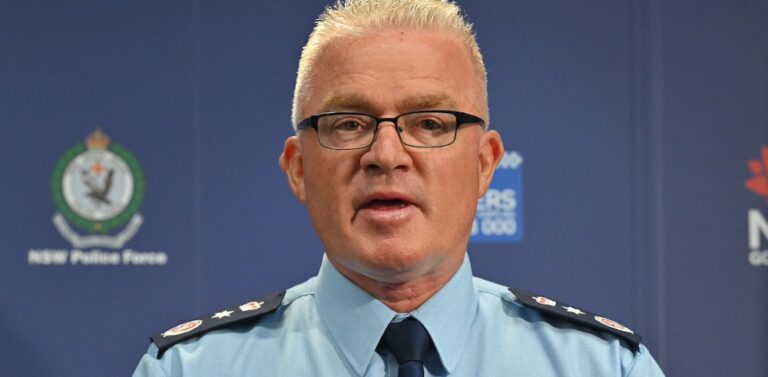
‘Arlington’: A love story for our times

Arlington is a play that is many things: challenging, hopeful, and despairing but filled with brilliant moments of theatre as the four actors reach the heights of theatre at its best.
The play opens on two sets adjacent to each other across the stage, one containing an almost bare and heavily monitored with only three plastic chairs, a digital clock and a couple of images on the wall.
On the other half of the stage is a control room, buzzing and flashing with electronic equipment and video screens.
In the room sits a girl (Phaedra Nicolaidis), while in the control space is a young man (Jack Angwin) who monitors the equipment, fumbling over some of the details.
He begins a one-way communication with the girl and we learn that her name is Isla, the only character with a name.

A vision of isolation
We quickly learn that this is a hermetic world that exists in an ever increasing number of large towers that have over taken the towns and cities.
The controller is coaching Isla in recounting a better past while she paces the room, feeling out the space that is the prison where she has spent much of her life.
Why she is here is never made clear, nor is the identity of who the controller works for, only that these two are intrinsically tied to each other by a cruel and uncaring system.
Arlington unfolds in three stories, of which the most powerful and expressive is the second act where Emma Harrison used her considerable dancing and choreography skills.
The scene opens with a rousing but ironic version of “Baby I Love You” as Harrison’s unnamed character at first explores her confinement which increases with intensity in which her claustrophobia becomes palpable.
The final scenes introduces a new controller (Georgina Symes), who exemplifies the most chilling aspects of the dictatorship as she tries to extract memories and hopes from her new subject.

Arlington is challenging, but rewarding
Director Anna Houston has commendably not tried to diminish the challenges of the text nor the hopelessness of the characters’ isolation and confusion.
She has also dealt Arlington with a commendable touch of light and shade that breaks the constant feeling of not knowing what is real and what is not , and we are all going to take home different outcomes.
Emma Harrison’s choreography for both the character of Isla, who shows dexterity with multiple spins, and her own sequence displaying imagination and command of her art form.
Set and costume designer Kate Beere has excelled with a set that on the prisoner side of the stage is very sparse, while the controller’s room exemplifies the high-tech complexity designed to further enhance control.
Video is playing an increasingly important part in the presentation of theatre and lighting and video designer Aron Murray has been creative and inventive with both.
The music for Arlington was originally done by the go-to Italian composer Teho Teardo working with Blixa Bargeld, but here composer and sound designer Steve Toulmin takes the reins and delivers a soundscape that is dynamic and in perfect sync with the director’s intentions, working in songs such as Andrea True’s “More, More, More “and Roxy Music’s “More Than This”.
Arlington will not be a stroll through theatrical pleasures for many people, but for those who like a challenge on so many levels delivered by an exemplary cast, this is a treat.
Arlington
Until August 24 at the Seymour Centre
https://www.seymourcentre.com/event/arlington/









